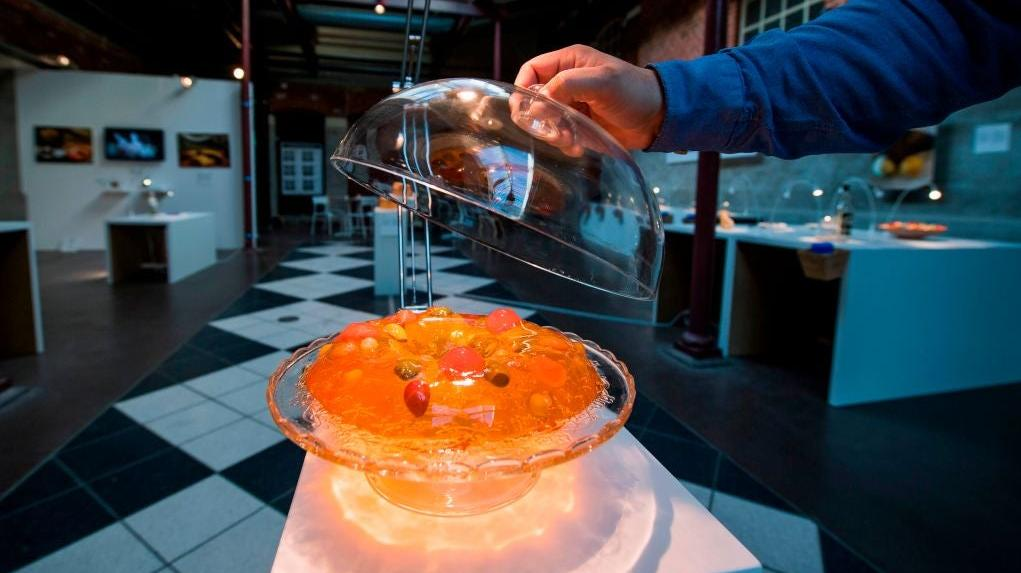Midwest Jell-O Culture Started With Savvy Scandinavians
If you've been paying attention, you know that The Takeout is a quintessentially Midwestern publication. While not all of our contributors live in the Midwest, we frequently pay homage to Midwestern delights, from ramen noodle salad to seasonal Jell-O concoctions. But why was the latter such a common staple in Midwestern party cuisine, and why has it remained one through to the present day? No, it was not a trend brought about by vengeful homemakers. Per an article in Fodor's Travel, it has a lot to do with hordes of friendly Scandinavians.
Fodor's explains that jiggly foods, once a popular vessel for serving leftovers, fell out of fashion as the microwave entered the scene. But Jell-O treats remain a mainstay in the Midwest, largely because of the Scandinavian immigrants who moved to the area in droves between 1825 and 1925. Of those, many migrated to the Great Lakes region, drawn to its familiar farming climate. Settlers flocked to Wisconsin, Minnesota, North Dakota, South Dakota, and parts of Illinois and Iowa, bringing with them what Fodor's describes as their "affinity for gelatinous food." One example of these wiggly delights is lutefisk, a dried whitefish dish that's pickled in lye, becoming gummy when it's rehydrated for eating.
Fodor's reports that the Scandinavian community may have also leaned into jiggly delights for a more practical reason. Immigrants relied on church potlucks as a primary social outlet, and at these community gatherings, it makes sense that large, cheap, crowd-pleasing one-bowl dishes were the name of the game. Jell-O entrees, desserts, and "salads" checked all those boxes. (As did casseroles, of course, and continue to do so to this day.) Check out the full article on Fodor's Travel, and pour a jiggly one out for the Jell-O eaters of yore. We owe them so much.
